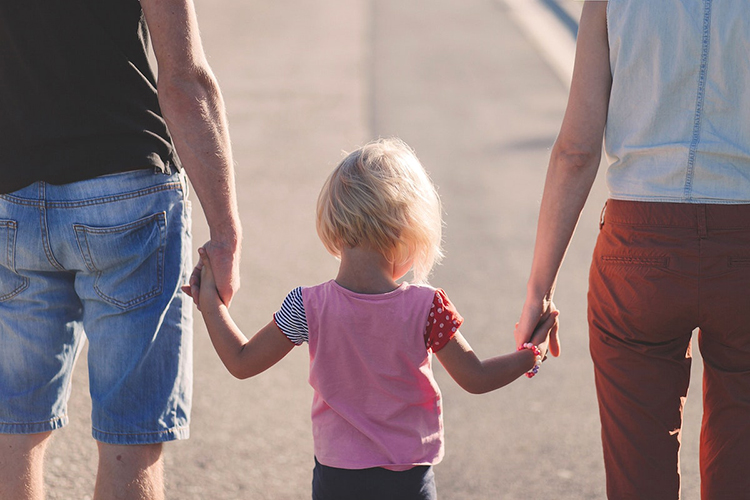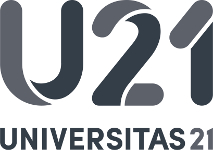Children’s School Lives: Wealth inequality remains serious challenge to childhood education
Posted 9 October, 2024

The impact of poverty is keenly felt on education from a young age, with the gap between children from poorer families and their richer classmates widening as they progress through early learning.
Children from less well-off backgrounds are less likely to take music or art classes, play team sports or visit the library than those peers from wealthier homes. While those in DEIS schools, and those from poorer families, also experienced higher levels of anxiety about the future.
This is (opens in a new window)according to the latest report from the (opens in a new window)Children’s School Lives' (CSL) study, a landmark project led by the UCD School of Education that is following the lives of 4,000 children across 189 primary schools in Ireland.
Led by (opens in a new window)Professor Dympna Devine and Assistant professors (opens in a new window)Seaneen Sloan and (opens in a new window)Gabriela Martinez Sainz, and (opens in a new window)Olga Ioannidou, carried out on behalf of the National Council for Curriculum and Assessment, the CSL study follows thousands of children through their primary education to learn in detail about their experiences.
Focusing on equality and the impact of social background, it found slightly more than a quarter (26%) of children were from ‘low affluence or poor’ backgrounds, with the majority (54%) being classed as ‘medium affluence’. The remaining 20% were from well-off/wealthier homes.
How does a child’s social background shape their experience in primary school? Report 8 from the Children’s School Lives longitudinal study launches today and is available here (opens in a new window)https://t.co/zmNt2Xr6vs
— NCCA (@NCCAie) (opens in a new window)October 9, 2024
Conas a théann cúlra sóisialta páistí i bhfeidhm ar na heispéiris a bhíonn acu… (opens in a new window)pic.twitter.com/OeMQwOz4Hi
“That Irish society is stratified by social class is evident in the demarcation of primary schools by their socio-economic status, with approximately one third of schools in the CSL sample classified as DEIS, a key marker of social deprivation and disadvantage,” the report notes.
“Yet social disadvantage is not confined to DEIS schools, with approximately one fifth of children in non- DEIS schools classified as poor.”
In the most marginalised communities, issues around social stigma, urban degradation and constraints on children’s space were noted among children and parents.
And the impact of drug addiction and food poverty among “forgotten’ communities” was raised by staff in the most socially deprived schools.
One principal reported to the study that their school had “[had] awful issues with drug abuse in families, and you’re trying to support the parents as well as you can, and you’re seeing the damage that’s being done to the children."
The report noted though levels of wealth and poverty, and being in a DEIS versus a non-DEIS school, did not influence a child’s liking of school.
The (opens in a new window)previous CSL report looked at wellbeing and children’s feelings about themselves, and found children felt generally happy and safe at school and view it as a key component of happiness in their lives.
By: David Kearns, Digital Journalist / Media Officer, UCD University Relations
To contact the UCD News & Content Team, email: newsdesk@ucd.ie






